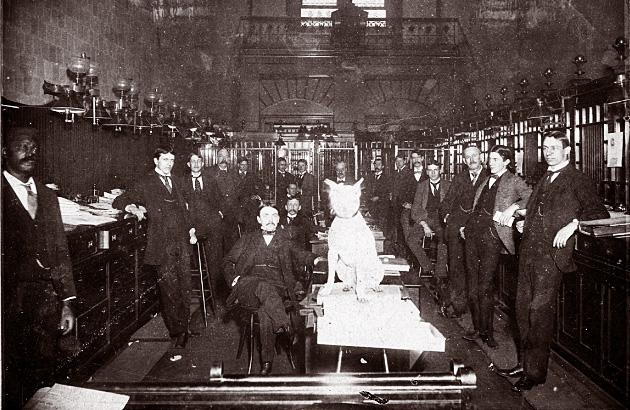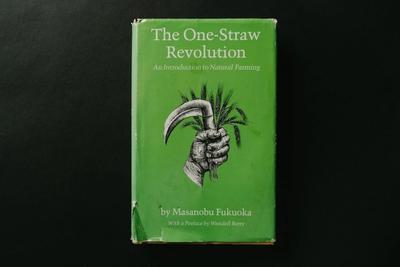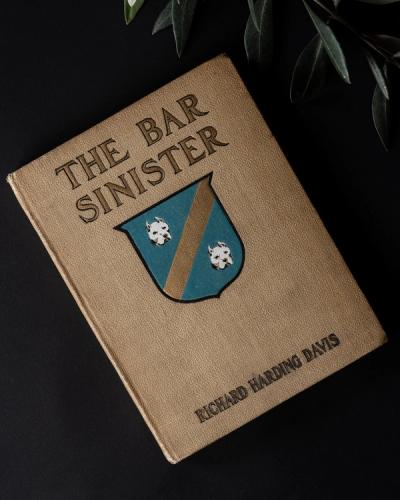Bringing to Life Vignettes from American Bank Note Engraving
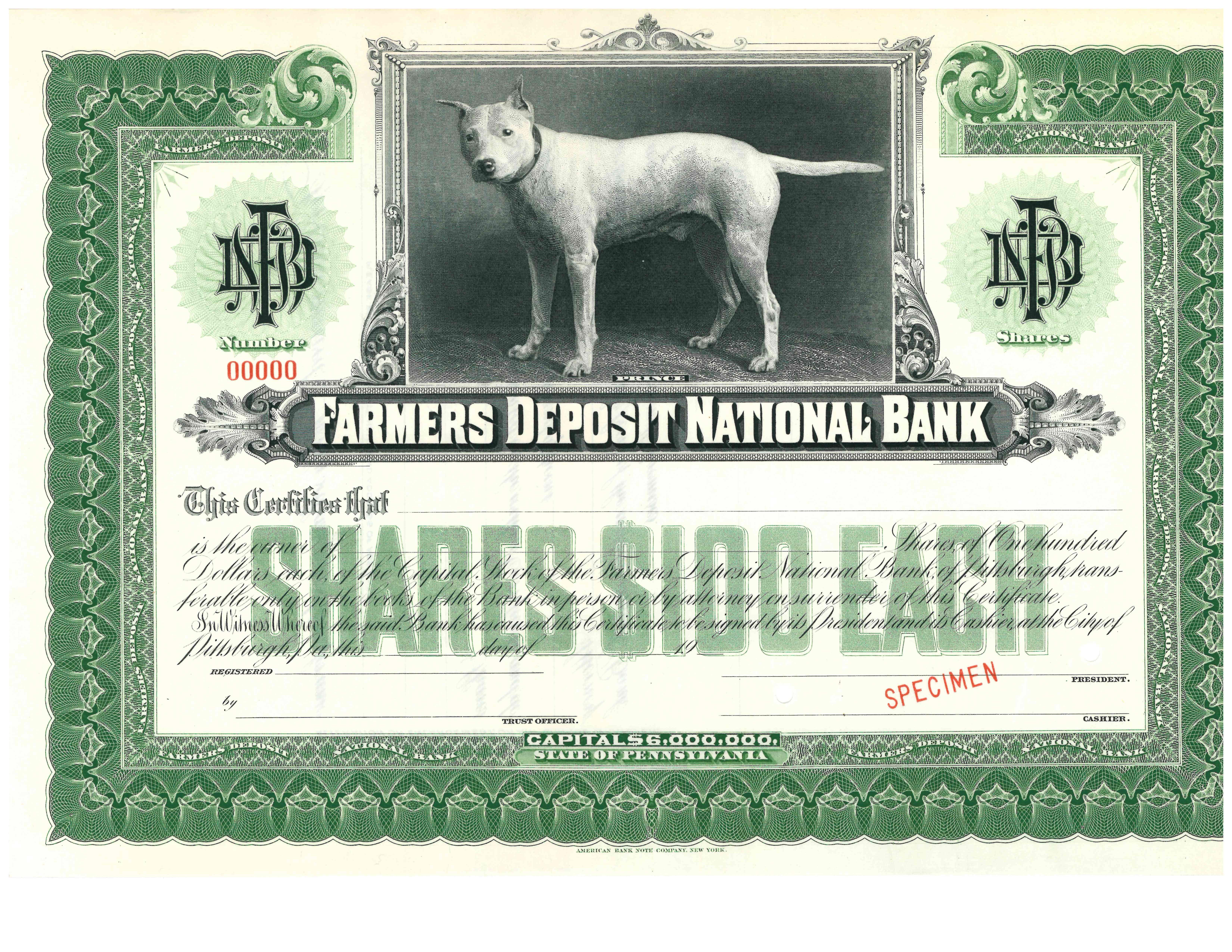
40.4412°N, -79.9995°W
Depictions of animals have long graced the designs of fiduciary documents, each selected for the virtues or values the issuing institution believes it symbolizes. Whether livestock representing agricultural bounty or wildlife associated with particular locations, the presence of animals on security certificates, bank notes, and currency is a motif that has recurred throughout history.
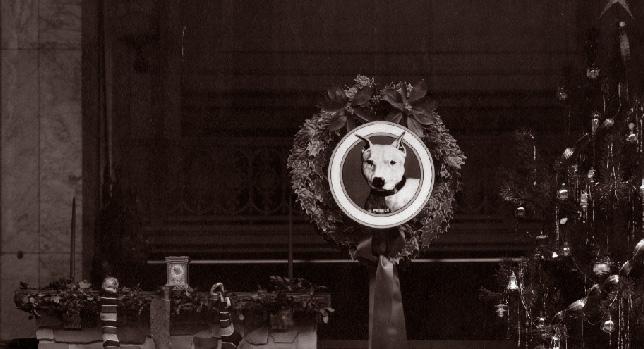
An early image of Prince from the Farmers Deposit Bank of Pittsburgh.
Among these emblems, one in particular stands out for us: Prince, the English Bull Terrier who became synonymous with the Farmers Deposit National Bank of Pittsburgh.
Guardian of More than Just the Vault
In the late 19th century, the Farmers Deposit National Bank of Pittsburgh adopted a dog named Prince, who, for decades to come, would embody the spirit of the institution for customers and employees alike. Unlike other animals featured on fiscal paper, Prince was not an invented figure chosen for his association with loyalty and protection. He was a real dog, a beloved mascot with a story that captivated the Pittsburgh community.
"The use of animals in early American banknotes—whether beavers, eagles, or cranes—was not merely decorative. These creatures embodied virtues like industry, strength, and resilience, which the fledgling nation sought to project to the world."
Arthur M. Schlesinger Jr.
The Age of Jackson (1945)
Prince’s journey began in 1889, when he was entrusted to T.H. Given, the bank’s cashier at the time, by a local traffic officer named Henry Kramer. An avid dog lover and prominent member of the Bull-Terrier Club of America, Given took an immediate liking to the white Bull Terrier. Although the dog had no formal pedigree, Given made him a permanent fixture at the bank, where he quickly became a friend to depositors and their children, dutifully patrolling the bank’s premises.

Prince did not spend his days idly. He roamed the corridors, greeted customers, and kept watch over the vaults. At night, he would sleep peacefully in front of a bank window, standing guard. His bond with the staff and patrons became so entrenched that the bank decided to adopt his image as a symbol of its institutional values: loyalty, vigilance, and trustworthiness.
Mascot & Marvel
In 1902, when Given oversaw the construction of a new skyscraper to house the bank, Prince’s legacy was built into the very structure of the building. The Farmers Bank Building, the tallest skyscraper between New York and Chicago at the time, was adorned with images and references to the beloved dog. His likeness was incorporated into windows, sidewalks, and even the building’s keystone arch. Visitors and customers were everywhere reminded of the connection between the bank and its canine mascot.
But Prince’s influence extended beyond architecture. The Farmers Deposit National Bank made sure that Prince appeared on stock certificates, stationery, and advertising materials. His image was so pervasive that even the Farmers Deposit Savings Bank, a thrift affiliate established in 1903, used Prince to promote the value of saving. From watch fobs to brooches, every corner of the bank’s outreach bore Prince’s likeness.
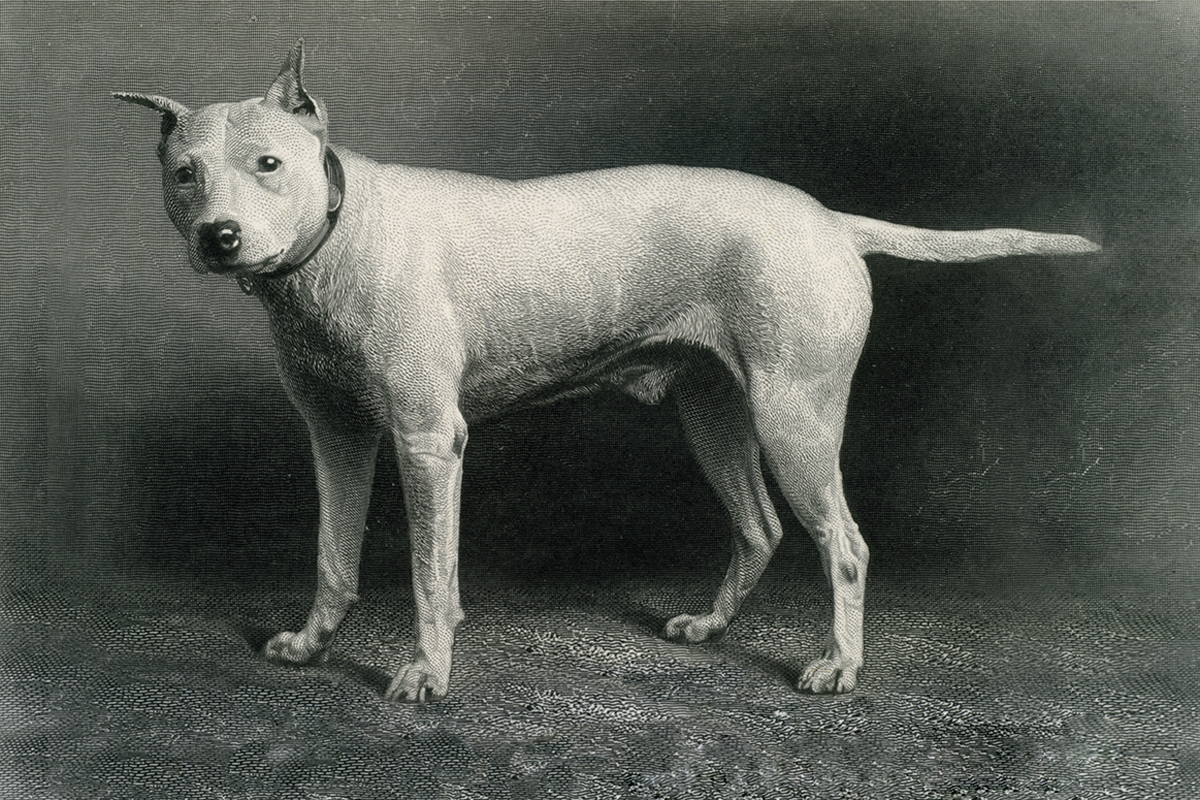
A Symbol of Foresight
Under the direction of bank executive Edward B. Coll, Prince also became central to the bank’s push to promote consumer savings. In a bid to increase its retail deposit base, the Farmers Deposit Savings Bank used Prince’s image to underscore for the public the importance of saving money for the future. This initiative came at a time when American banks were moving towards democratizing financial services, and Prince was the perfect mascot for the job.
In 1915, Coll introduced a creative plan: "savings checks." These octagonal aluminum tokens, stamped with Prince’s head, were given to customers at local businesses in exchange for purchases. The tokens could only be redeemed by depositing them into a savings account at the Farmers Deposit Savings Bank. This initiative resulted in over 18,000 new savings accounts and helped the bank reach a wider, more diverse customer base. It was a clever way of linking savings to everyday transactions, all while promoting the bank’s identity through Prince’s image.
Lasting Legacy
While the actual dog, Prince, disappeared in 1898 and was never seen again, his memory lived on for years. The bank continued to use his likeness long after his passing, and he became synonymous with the institution’s values. Over the next fifty years, Prince’s image was woven into the fabric of Pittsburgh’s financial community, with his face appearing on everything from bank literature to promotional trinkets.
Though much of the physical evidence of Prince’s presence has vanished, his legacy remains intact. The marble bust that once stood above the bank’s entrance, the brass casts set into the sidewalks, and even the numerous promotional items bearing his likeness are all part of the rich legacy left by the bank's beloved mascot.
In the end, Prince was more than just a dog. He was a symbol of the bank's mission and purpose, as well as a testament to the power of a good story. His presence on checks and documents brought a personal touch to the bank’s identity, reminding its customers that the Farmers Deposit National Bank of Pittsburgh was more than just another financial institution: it was the home of Prince—and, by extension, a kind of home to all the many people whom he had welcomed through its doors.
